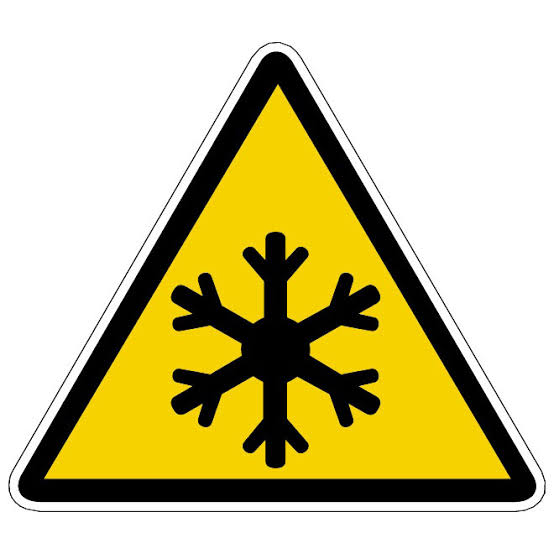Minnesota is on high alert as an Extreme Cold Warning has been issued, with wind chills predicted to plummet to a staggering -45°F (-43°C). This brutal Arctic blast, one of the harshest in recent years, poses serious risks to health and safety. Exposure to such severe conditions can result in frostbite in under 10 minutes and rapid onset of hypothermia, making it crucial for everyone to take proactive steps to stay safe.
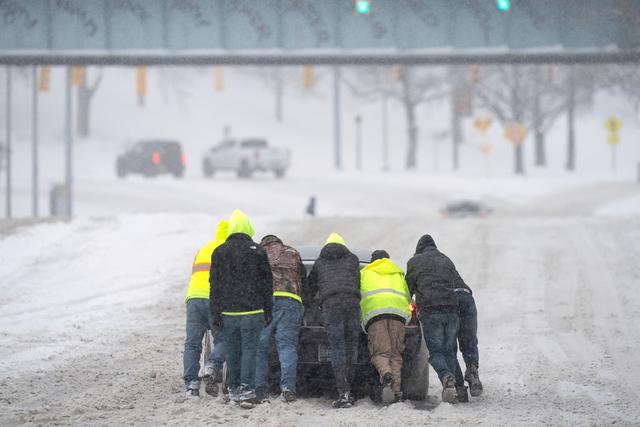
What’s Happening?
Meteorologists are warning that this cold snap isn’t just a typical winter chill—this is an extreme event. Wind chills, which combine the effects of cold temperature and wind, are expected to drop to dangerous levels. In these conditions, even brief outdoor exposure can have severe consequences.
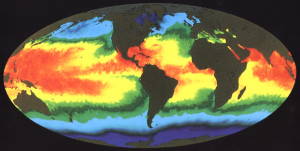
Health Risks in the Extreme Cold
Frostbite
Frostbite occurs when skin and the tissues beneath it freeze, most commonly affecting extremities like fingers, toes, ears, and the nose. Watch for these warning signs:
- Symptoms: Numbness, skin turning white or a grayish-yellow, and a firm, waxy texture.
- Immediate Action: Move indoors as quickly as possible. Avoid rubbing the affected area, which can worsen tissue damage. Instead, warm the area gradually using body heat or warm—not hot—water.
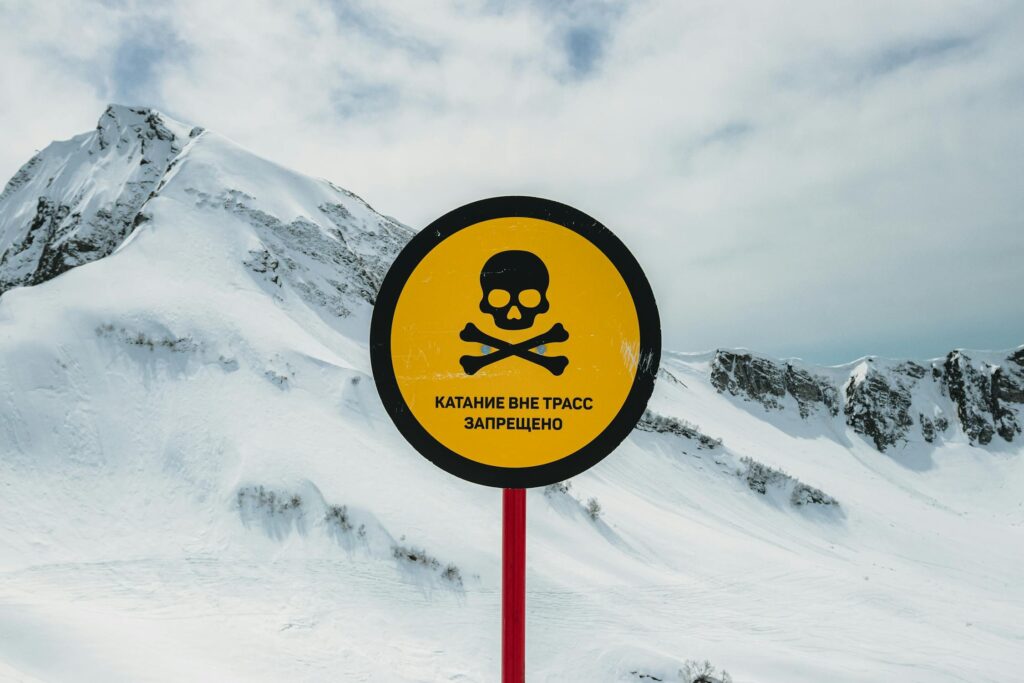
Hypothermia
Hypothermia happens when the body loses heat faster than it can produce it, leading to a dangerously low body temperature.
- Symptoms: Persistent shivering (which may eventually cease in severe cases), slurred speech, confusion, and overall drowsiness or exhaustion.
- Immediate Action: Get the person out of the cold immediately. Remove any wet clothing, wrap them in warm blankets, and seek medical help as soon as possible.
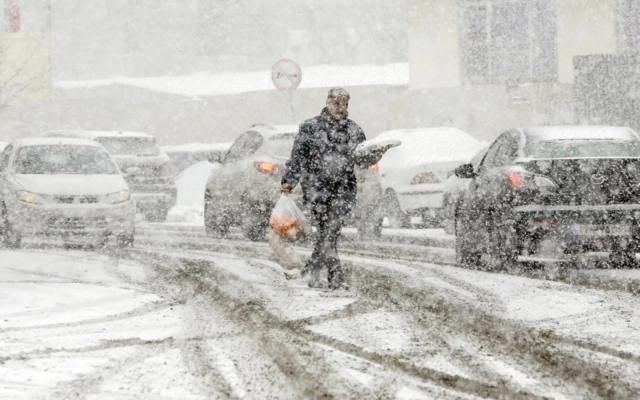
Essential Safety Tips
Dressing for the Cold
- Layer Up: Wear multiple layers of loose, warm clothing. This traps air between layers, providing better insulation.
- Cover Extremities: Use hats, scarves, gloves, and insulated boots. A significant amount of body heat is lost through your head and extremities.
- Windproof Outer Layer: Invest in an outer layer that is both windproof and waterproof to shield against biting winds.
Protecting Your Home
- Emergency Supplies: Keep a stock of non-perishable food, flashlights, extra batteries, and a well-stocked first aid kit.
- Heating Preparedness: Ensure your heating system is in good working order. If you’re using alternative heating sources, install carbon monoxide detectors and maintain proper ventilation to prevent poisoning.
- Backup Power: Consider having a backup heating source in case of power outages.
Travel and Daily Routine
- Limit Exposure: Avoid unnecessary travel. If you must venture outdoors, limit the time spent outside.
- Car Safety: Keep your car stocked with warm blankets, extra food, water, and a fully charged cell phone in case of emergencies.
- Stay Informed: Monitor local news and weather updates. Follow instructions from local authorities regarding school or work closures.
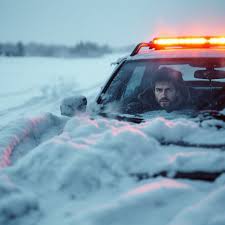
Final Thoughts
As Minnesota braces for this extreme cold event, the key to staying safe is preparation and vigilance. By dressing appropriately, safeguarding your home, and knowing the symptoms of frostbite and hypothermia, you can significantly reduce your risk during these perilous conditions. Remember, your safety and that of your loved ones should always come first—stay indoors when possible, and take every precaution if you need to venture out.
Stay warm, stay safe, and look out for each other as the state confronts these dangerously cold temperatures.






